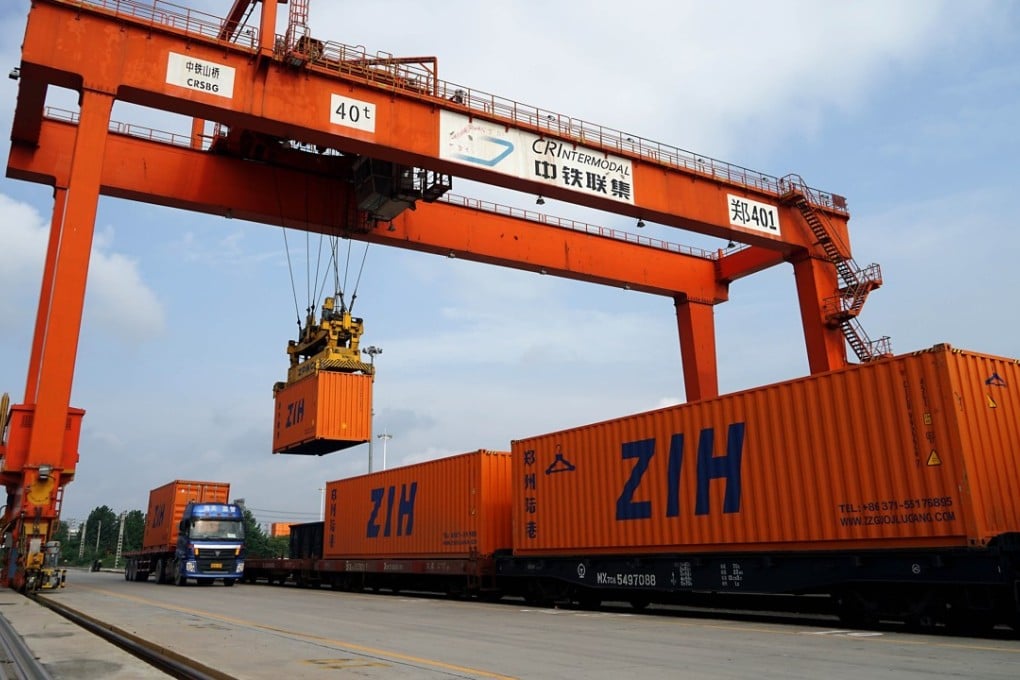Letters | For the EU to connect with Asia, it must learn the ‘Asian way’ of doing business
- The European Commission proposal does not talk about building ties based on business
- European policy talks about pushing Asia to adopt rules and the Western way of doing things

Yet, things do not add up. On the one hand, a press release illustrates a major connectivity potential with a practical, promising and exciting map. On the other hand, the policy proposal itself does not convey the message it is supposed to convey.
The European Commission does not talk about building ties based on business, it does not look for shared interests and does not think in terms of pragmatic mutual interests.
Instead, the commission talks about applying the EU model of rules-based institutions and mindsets to Asia. European institutions see connectivity as a matter of promoting market access principles and insist on making Asia “adhere to high standards of transparency and good governance”. In short, European policy talks about pushing Asia to adopt rules and the Western way of doing things, which leads to an important question: how can we bridge the gap?